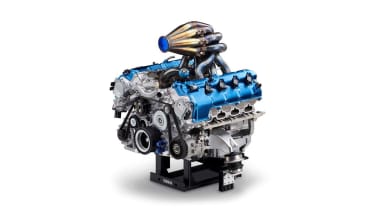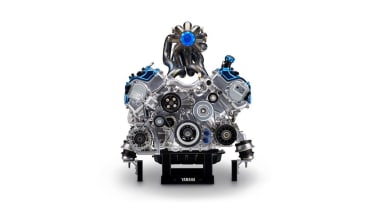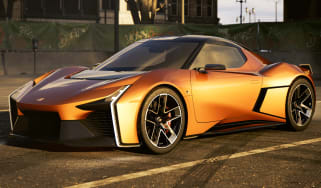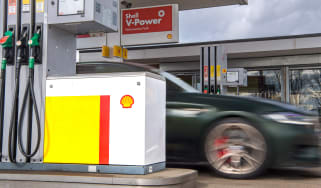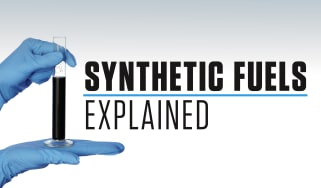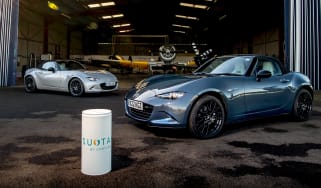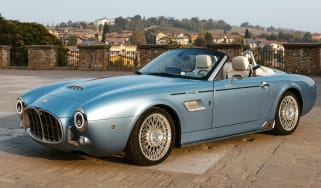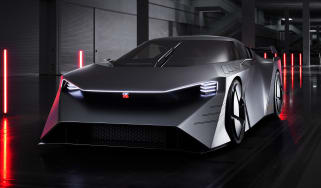Yamaha converts 2UR-GSE 5-litre V8 engine to run on hydrogen
Toyota’s commissioned Yamaha to convert its marvellous V8 engine to run on hydrogen
Yamaha has revealed a version of its 2UR-GSE 5-litre V8 engine that runs on pure liquid hydrogen, essentially eliminating its carbon emissions during the combustion cycle and providing further evidence of how the internal combustion engine could be adapted to work within a carbon-neutral ecosystem.
The project was commissioned by Toyota, who currently utilise the Yamaha-built naturally aspirated V8 engine in its RC F and LC coupes. Along with fellow Japanese manufacturers Mazda, Subaru and Kawasaki, the five companies have formed a conglomerate that’s teamed up in the research and development of such engines, appealing to those who want to maintain the character and feel of combustion engines, without the associated carbon footprint.
The V8’s conversion was relatively simple, with adaptations only made to the injection system, cylinder heads, intake and exhaust. The latter is perhaps the biggest change, with a fundamental change to the engine’s breathing, switching the cold air intake entry point to the outer-side of the block, therefore placing the exhaust within the cylinder banks. This has allowed Yamaha to develop an 8-into-1 exhaust system that’s been tuned just as much for a stirring soundtrack (Yamaha is also a fine musical instrument manufacturer, after all) as it has for efficiency.
Power and torque outputs have been largely unaffected by the changes, with its 450bhp rating at 6800rpm only 20bhp down on the latest 2UR application in the RC F coupe. Torque is rated at 389lb ft at 3600rpm, a drop of 6lb ft, but as is the case in its current applications, this iconic engine is not about outright performance, but precision engineering and response.
Takeshi Yamada, a member of Yamaha’s Technical Research & Development Centre commented on the project: ‘I started to see that engines using only hydrogen for fuel actually had very fun, easy-to-use performance characteristics. Hydrogen engines have an innately friendly feel that makes them easy to use even without resorting to electronic driving aids. Everyone who came to test-drive the prototype car would start off somewhat sceptical, but emerged from the car with a big smile on their face at the end. As I watched this, I started to believe that there is actually enormous potential in the characteristics unique to hydrogen engines instead of simply treating it as a substitute for gasoline.’

There are, of course, still limits to the technology, such as the production of other noxious emissions in hydrogen’s combustion process such as nitrous oxide, itself a harmful greenhouse gas. But, with the continued development of post-combustion emission treatments in modern diesel engines, this same technology could be applied here. Combined with the rapidly moving development of producing clean liquid hydrogen – Green Hydrogen as it’s called is also being used for the production of synthetic fuels – the reality of creating a truly zero-carbon combustion engine could be closer to fruition than we might have imagined.

